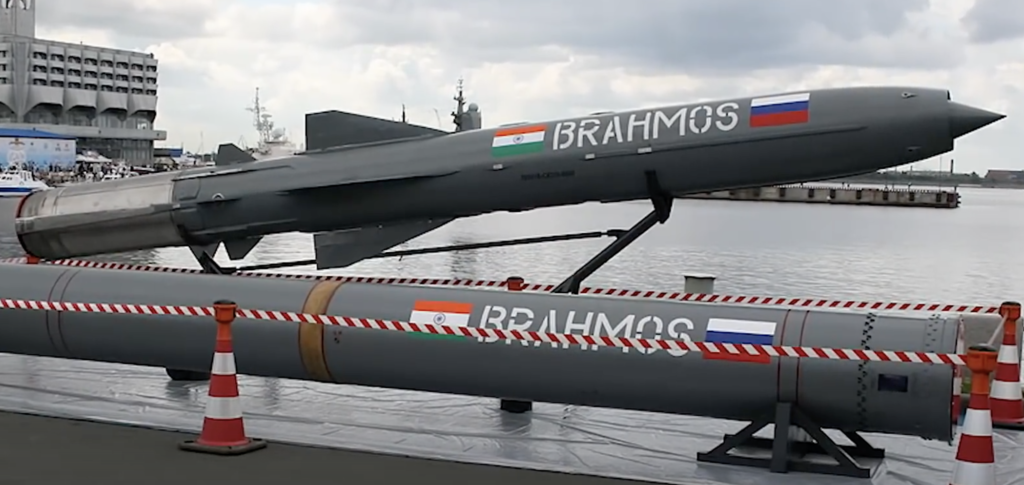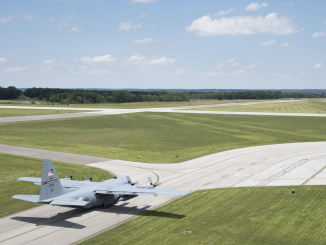
Overt nuclearization of South Asia in 1998 and preceding crises between India and Pakistan have brought the concepts of nuclear deterrence and compellence in limelight in this region. These concepts are the legacy of advent of nuclear weapons and the Cold War that ensued. Although there is no universally accepted definitions of these concepts but generally, nuclear deterrence is defined as forcing a rival to stop a move by threatening the use of nuclear weapons and compellence is about forcing a rival to make a move by threatening the use of nuclear weapons.
Looking at the crises, such as, Kargil Conflict, Twin Peak Crisis, Mumbai Crisis and most recently the Kashmir Crisis of 2019 that occurred between two nuclear rivals in South Asia, nuclear deterrence seems to be the clear winner. Despite serious Indian intensions of attacking and dominating Pakistan, nuclear weapons have deterred all these moves and stopped the crises from escalating. The nuclear deterrence, therefore, has been the corner-stone of stability in the region.
The trigger for majority of the above-mentioned crises were the militant attacks in India, which it blamed on Pakistan as a knee jerk reaction without providing any solid evidence. The Indian strategic community, including officials and non-officials, accused that Pakistan is supporting proxy wars within India and nuclear deterrence has not been effective in stopping Pakistan from supporting the militant groups. This strategic frustration urges them to explore new means and thus favor nuclear compellence as a viable strategy towards this end. The adoption of proactive military strategies, such as Cold Start and Land Warfare Doctrine, possible revision of claimed adherence to NFU commitment and the so-called surgical strikes by India are different variants of this compellence strategy.
After nuclear deterrence neutralized India’s conventional military superiority over Pakistan, it has been continuously exploring the space to engage Pakistan in a limited warfare under a nuclear overhang. Towards this end, New Delhi simultaneously uses the mantra of two-front war and the so called challenge of cross-border terrorism as pretext to justify its increasingly offensive military posture. Recent events also indicate that the Indian military forces have become a tool for political leadership to achieve their domestic political interests. The afore-mentioned mantra allows India to allocate resources for advanced military capabilities and also using military skirmishes with Pakistan for meager electoral objectives. India projects to its populace that the burgeoning military potential would allow its forces to punish Pakistan and compel it to change its alleged support for terrorism. This pursuit of nuclear compellence against Pakistan is a dangerous trajectory and destabilizing for strategic stability in the region. Compellence requires strong military muscles, for that, India is improving its nuclear and conventional military forces both quantitatively and qualitatively. In a nuclearized environment, such an approach only exacerbates the risk of conflict escalation between the arch rivals.
According to SIPRI Year Book 2020, India is the second largest importer of major arms and with defence budget of $71.1 billion has become the third largest military spender in the world surpassing Russia and Saudi Arabia. It has signed a contract with France for the purchase of 36 Rafale fighter aircraft, 9 of which have been delivered. The Indian officials have termed these aircrafts as game changer in the region and also claimed that if India possessed this capability earlier the outcome of 2019 Kashmir crisis would have been different. India is also moving towards the development of BMD system and has signed a deal for the acquisition of S-400 from Russia. This BMD system can give India a false sense of security and encourage them for proactive military strike against Pakistan.
In the nuclear domain, different studies have shown that Indian nuclear weapons making capability is much more than what is portrayed. A study titled ‘Indian Unsafeguarded Nuclear Program’, published by the Institute of Strategic Studies Islamabad (ISSI) and co-authored by four nuclear scholars, estimated that India has sufficient material and the technical capacity to produce between 356 to 492 nuclear bombs. Similarly, another study by Dr Mansoor Ahmed for Belfer Center, estimated that India has fissile material for approximately 2261 to 2686 nuclear weapons.
Indian military modernization that contributes to its strategy of compellence, ambition of becoming a regional hegemon and a net security provider has ramifications for regional strategic stability. The 2019 Kashmir crisis has shown that both countries are willing to go an extra step in a nuclearized environment, which is unprecedented in the nuclear history of South Asia. Air Force of both the countries engaged in a combat and an Indian fighter plane was shot down and its pilot captured by the Pakistani authorities. The crisis de-escalated only because of restraint shown by Pakistan and its decision to release Indian pilot, otherwise, the crisis could have gone above on the escalation ladder.
The current Indian political regime under Prime Minister Narendra Modi is hell bent in its rhetoric of teaching Pakistan a lesson. There are statements by the political and military leadership that Pakistan’s Azad Kashmir will be their next target after they have changed the constitutional status of IIOJ&K. This is a dangerous trajectory and can have consequences for India-Pakistan deterrence relationship.
It is a fact that both India and Pakistan are nuclear weapon states and it is very difficult for one nuclear state to compel the other nuclear state. This compellence strategy in a nuclearized environment can easily escalate the crisis to a nuclear war. Therefore, Indian compellence strategy against Pakistan is filled with escalatory dangers and putting the regional and global stability at risk.




Be the first to comment